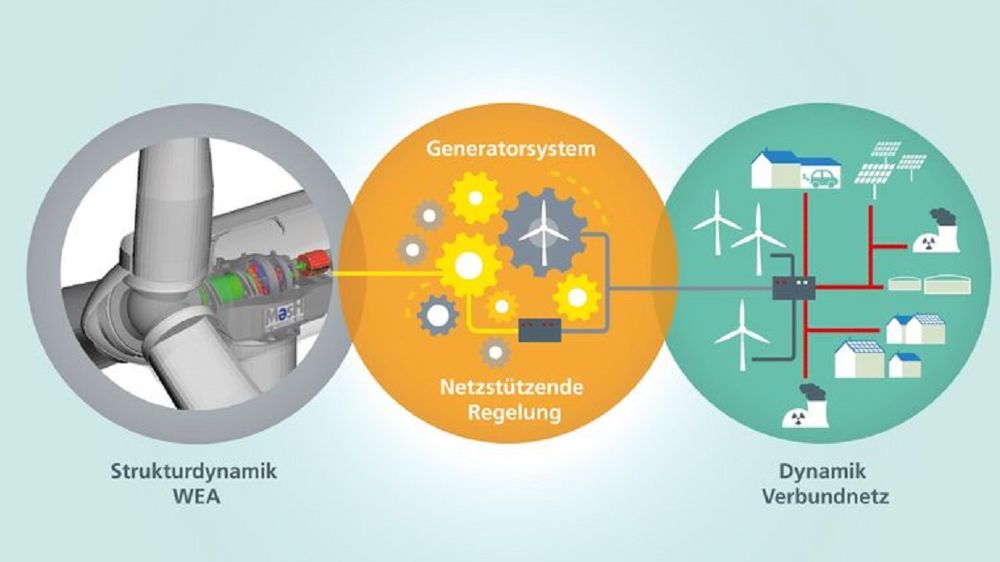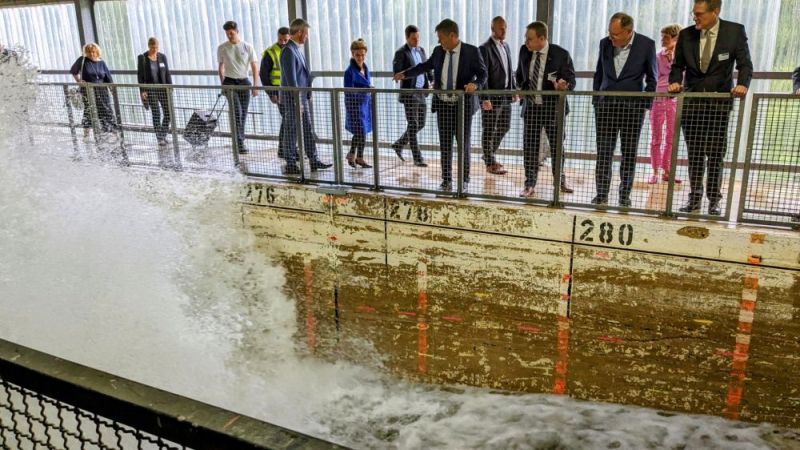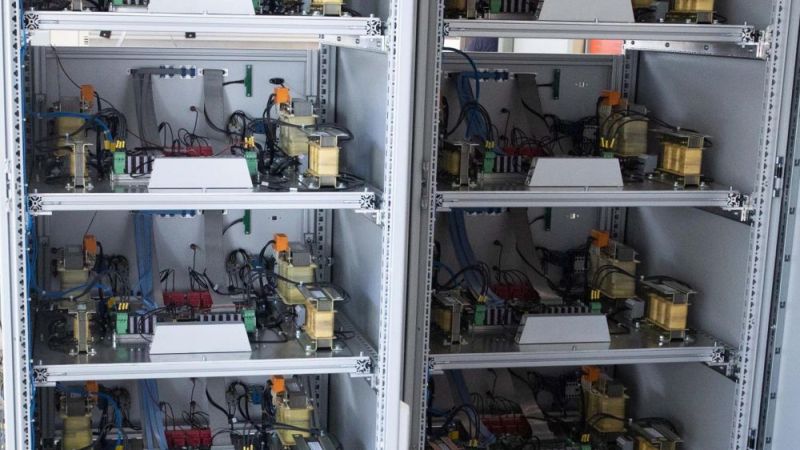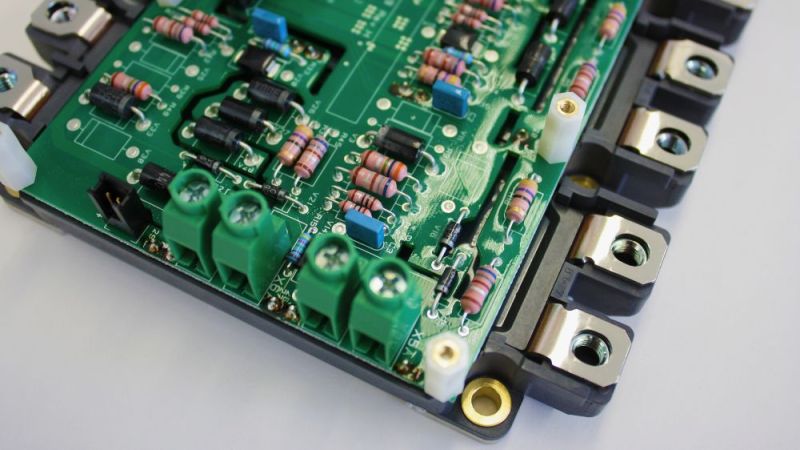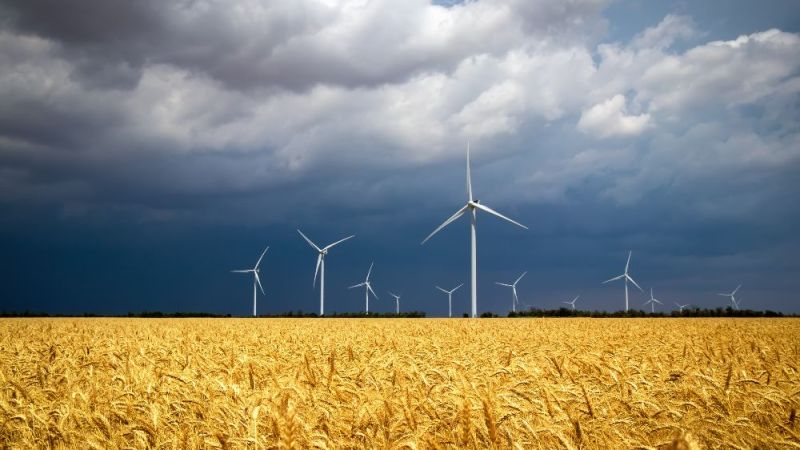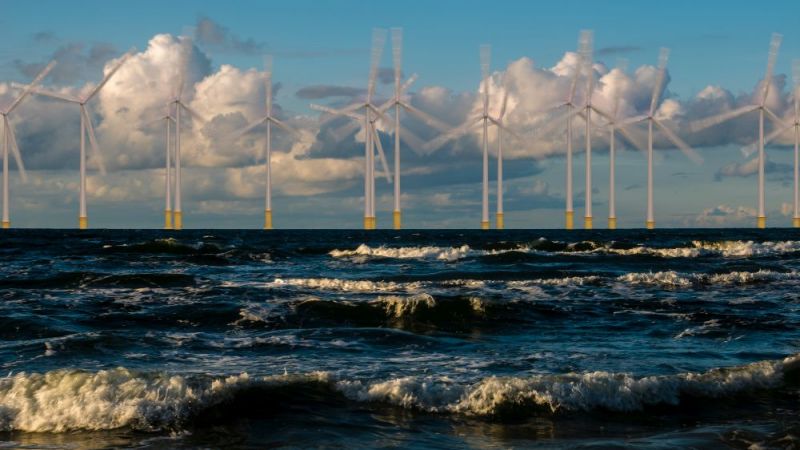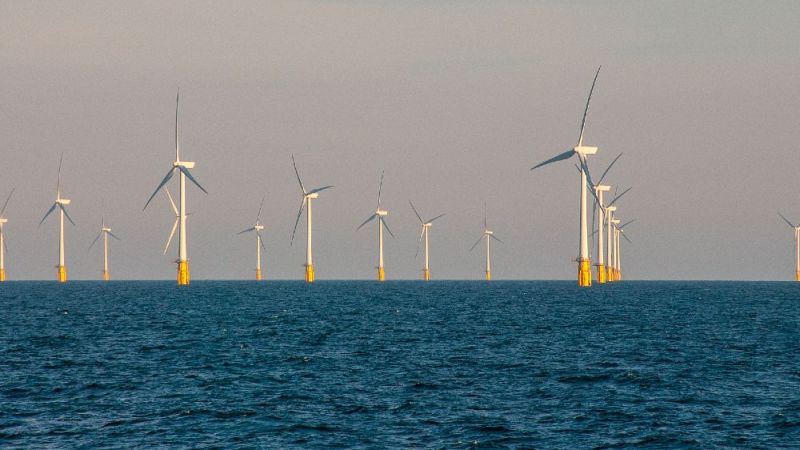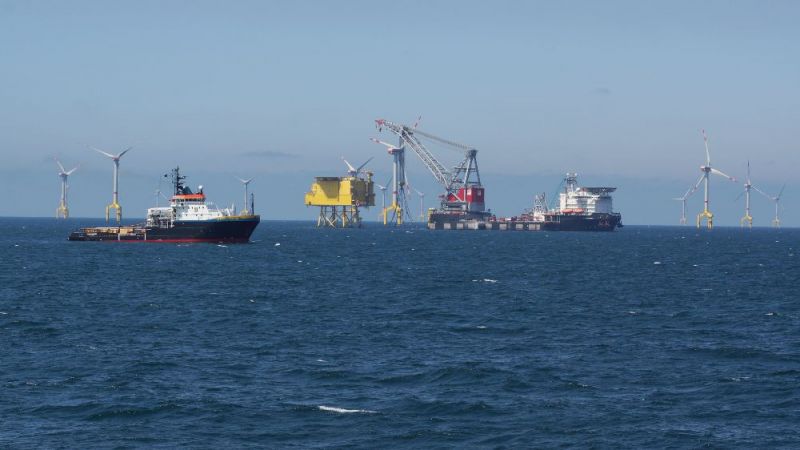Wind power
Wind turbines can stabilise the power grid
In future, renewable energy plants must contribute to grid stability. Wind turbines are particularly suitable for supporting the power grid and providing instantaneous reserve.
More and more wind turbines feed into the German power grid. At the same time, conventional power plants are going off the grid. The inertia of their synchronous generators has so far ensured stability in the power grid. In order to continue to guarantee supply security, renewable energy plants will have to take over this task in future.
The kinetic energy in the rotors of wind turbines can be used to compensate for the loss of inertia and provide the so-called instantaneous reserve to stabilise the grid. But can the plants withstand the resulting mechanical stress? The successfully completed research project "GridLoads" shows: Wind turbines can provide instantaneous reserve. However, the control modules of the plants must first be equipped for the new task.
Plant and grid interact
Up to now, grid status and plant operation have been largely decoupled for wind turbines. When the turbines now provide balancing energy to compensate for fluctuations due to inertia in the grid and to equalise the infeed, the wind turbine and the grid enter into a constant, complex interaction. As a consequence, the requirements for the generator control of the plants also change. For example, in order to support the frequency in the short term and thus stabilise the grid, the active power of the wind turbines must be changed. This can cause vibrations which result in increased mechanical stress. The drive train with rotor blades, shafts, gears and generator is just as affected as the tower.
The project partners Fraunhofer Institute for Energy Economy and Energy System Technology IEE and MesH Engineering used complex simulations to investigate how grid-supporting control strategies affect the system elements. To this end, the researchers brought together the plant and grid sides. They simulated the plant behaviour on the mechanical side with high-resolution multi-body models and coupled these with network simulations on the electrical side. This enabled them to precisely identify the electromechanical feedback effects of a reference plant.
Adapting power electronics
This enabled the scientists to show that wind turbines can in principle deliver grid-stabilising output such as instantaneous reserve without putting extraordinary strain on the mechanical components. However, the plant manufacturers must first adapt their control modules for the power electronics to the new tasks. The researchers also demonstrate how this is possible in the "GridLoads" project funded by the German Federal Ministry for Economic Affairs and Energy.
Only in some rare, specific grid faults, such as the complete failure of a power plant or the fault-induced, spontaneous formation of an isolated network, can excessive mechanical stresses occur in the drive train and tower. But the plants could be equipped for these extreme situations: For instance, manufacturers can overdimension the electrical components and the mechanical drive train, thereby extending the overload capacity. Or by installing batteries or supercapacitors as short-term storage devices that can provide or absorb the required high output within a very short time. Another alternative is to use the power reserves of wind turbines. After all, for most of their lifetime wind turbines run at partial load and not at full rated output, which means that there is sufficient reserve capacity available.


